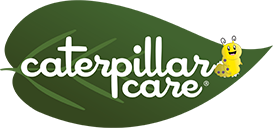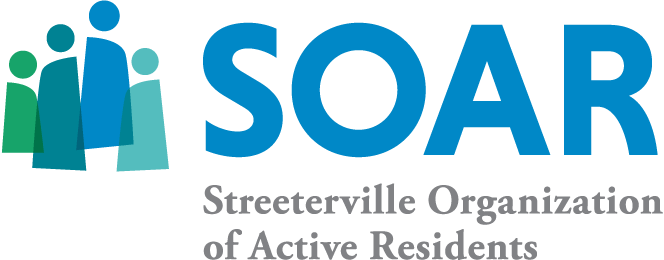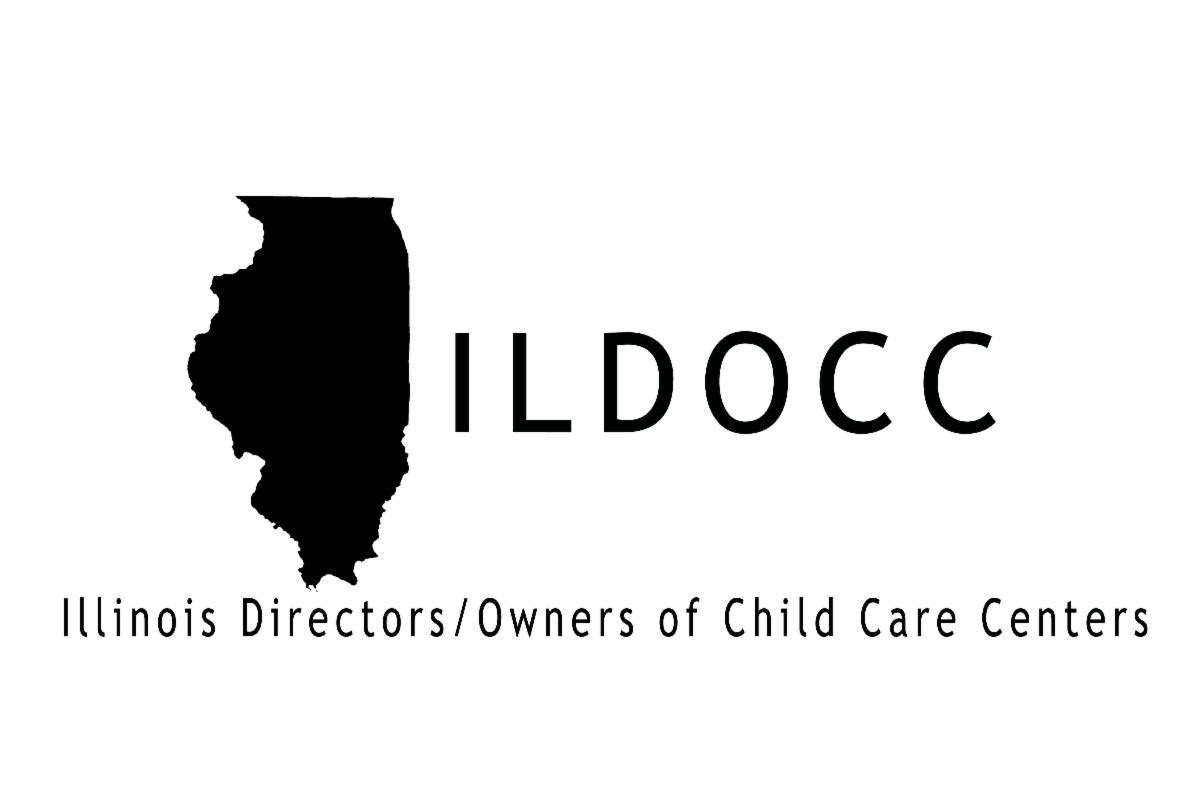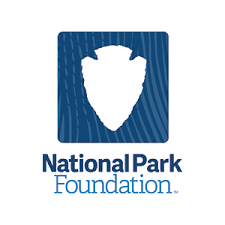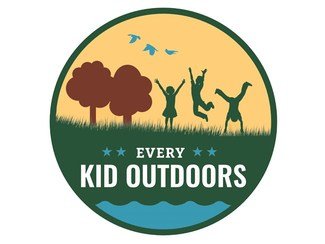music has always been a universal language, a gentle thread that weaves people together across cultures and generations. for young children, music is more than melody and rhythm—it is the heartbeat of connection. each hum, clap, and lullaby becomes a small wingbeat in their journey of growth, soothing emotions, sparking joy, and strengthening bonds.
at caterpillar care, we see how naturally children respond to music. their bodies sway, their hands clap, their voices rise in giggles when a song begins. what may look like simple fun is, in reality, a powerful tool shaping the brain, nurturing relationships, and planting seeds of creativity.
the science of music in early years
studies show that music lights up multiple areas of the brain at once—memory, language, motor skills, and emotion all work together in harmony. when children hear a familiar song, their brains recognize patterns, anticipate changes, and store new words. rhythm helps regulate their nervous systems, while melody teaches them about expression and tone.
beyond the brain, music supports self-regulation. a soothing lullaby can calm a restless toddler. an upbeat clapping song can energize a tired group. in these moments, music becomes a tool not only for learning but for emotional balance.
daily melodies as anchors of routine
routines shape a child’s sense of safety. weaving songs into those routines adds predictability, comfort, and joy.
✔ transition songs help children move smoothly from one activity to another. a simple tune sung while washing hands or cleaning up toys can transform a task into a moment of fun.
✔ movement rhymes like “row, row, row your boat” or “head, shoulders, knees, and toes” support coordination while sparking laughter.
✔ quiet lullabies during nap time create a soothing rhythm that signals rest and security.
through repetition, these songs become touchstones. a familiar melody can reassure a child that even when things change, some patterns remain constant.
creating musical moments at home and in care
music doesn’t require fancy instruments or formal training. the most meaningful moments often come from the simplest sounds.
children delight in homemade shakers made from sealed containers filled with beans or rice. pots and pans can become drums. scarves can float through the air like dancing notes. even the rhythm of footsteps or claps can turn into playful beats.
caregivers can bring music into everyday tasks: singing while preparing meals, humming while tying shoes, or chanting rhymes during cleanup. these small acts transform ordinary moments into shared rituals of connection.
music as a bridge for language and learning
songs are rich in rhythm, rhyme, and repetition—all essential for language development. children who sing along build vocabulary, practice pronunciation, and strengthen memory.
nursery rhymes, with their playful patterns, are especially powerful. they teach sequencing (“this comes after that”), predictability (“i know what happens next”), and phonemic awareness (hearing and playing with sounds).
music also supports numeracy. counting songs like “five little ducks” or “ten in the bed” help children grasp numbers and sequencing in a joyful, embodied way.
group harmony: the social power of music
music isn’t just individual—it thrives in community. group singing, clapping circles, or call-and-response games encourage children to listen to one another, take turns, and work together.
in these moments, music becomes a shared language. children learn that they are part of something larger, that their voices contribute to the whole. this sense of belonging fosters empathy and cooperation, strengthening the fabric of community.
music as a tool for emotional expression
children often feel big emotions they cannot yet name. music offers a safe channel for these feelings. an energetic drumbeat can release frustration, while a soft lullaby can soothe sadness.
through songs, children begin to connect sound with emotion: fast can feel exciting, slow can feel calming. over time, this connection deepens emotional intelligence, teaching children to recognize, express, and manage their feelings.
modeling joy through music
just as children mirror curiosity, they also mirror the joy adults show through music. when caregivers sing with enthusiasm, dance with abandon, or hum with tenderness, children learn that music is a source of joy, not performance.
adults don’t need to sing perfectly—authenticity matters far more than pitch. children thrive when they see music as an invitation to connect, not a test to pass.
weaving music into the natural world
nature itself is musical. birds chirp, leaves rustle, rain taps gently against windows. listening to these rhythms helps children understand that music isn’t only something created—it is something discovered.
taking children outdoors to listen and mimic these sounds connects them to the world around them. tapping rhythms with sticks or humming along with the wind nurtures both creativity and mindfulness.
conclusion: the gentle soundtrack of growth
music is more than entertainment. it is a rhythm that guides children through daily life, a melody that nurtures connection, and a harmony that supports brain and heart alike. every clap, every hum, every shared song becomes part of the gentle soundtrack of growth.
when children grow up surrounded by music, they carry with them not just tunes, but tools: the ability to express emotion, to connect with others, and to find joy in life’s simplest rhythms. like butterflies carried by the wind, children lifted by music learn to soar with grace, confidence, and joy.
